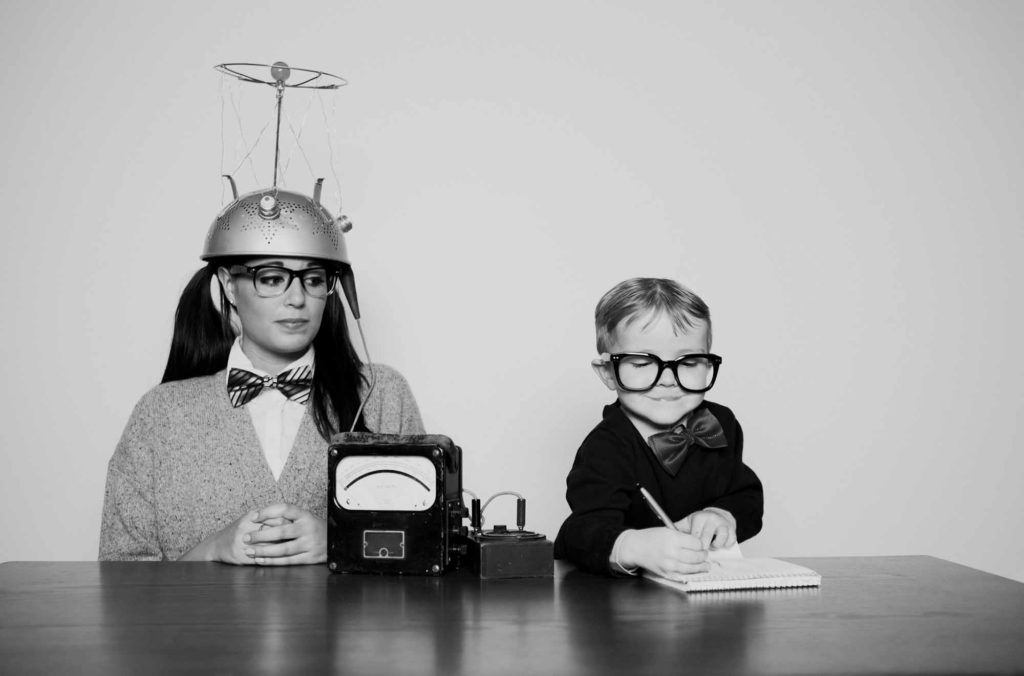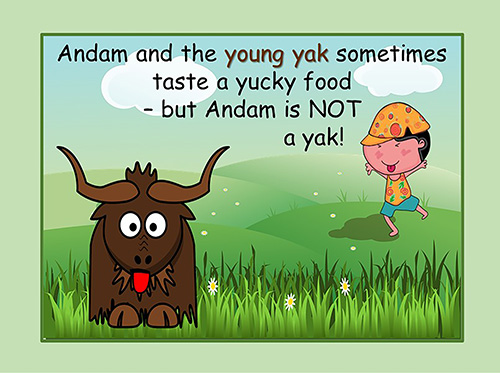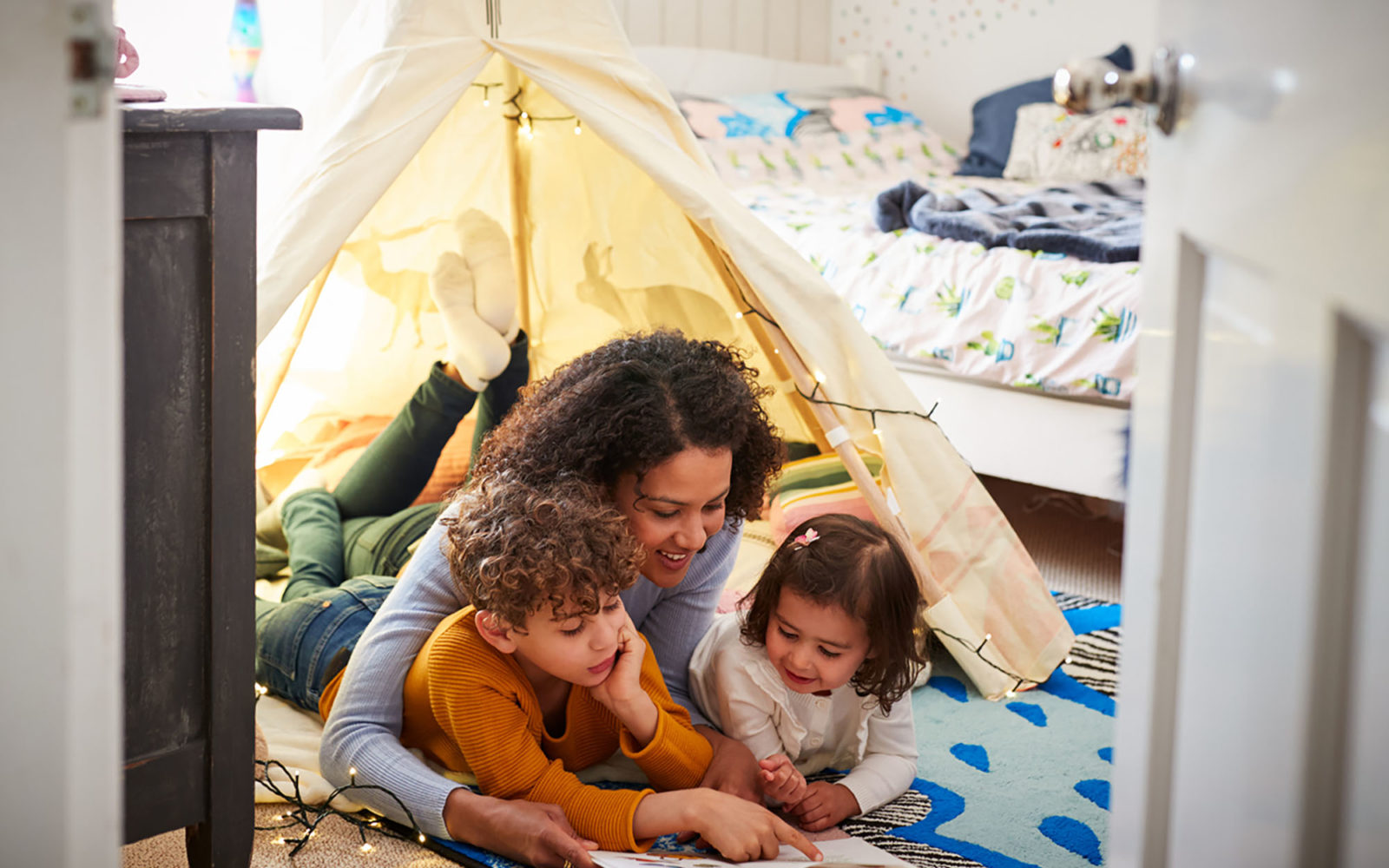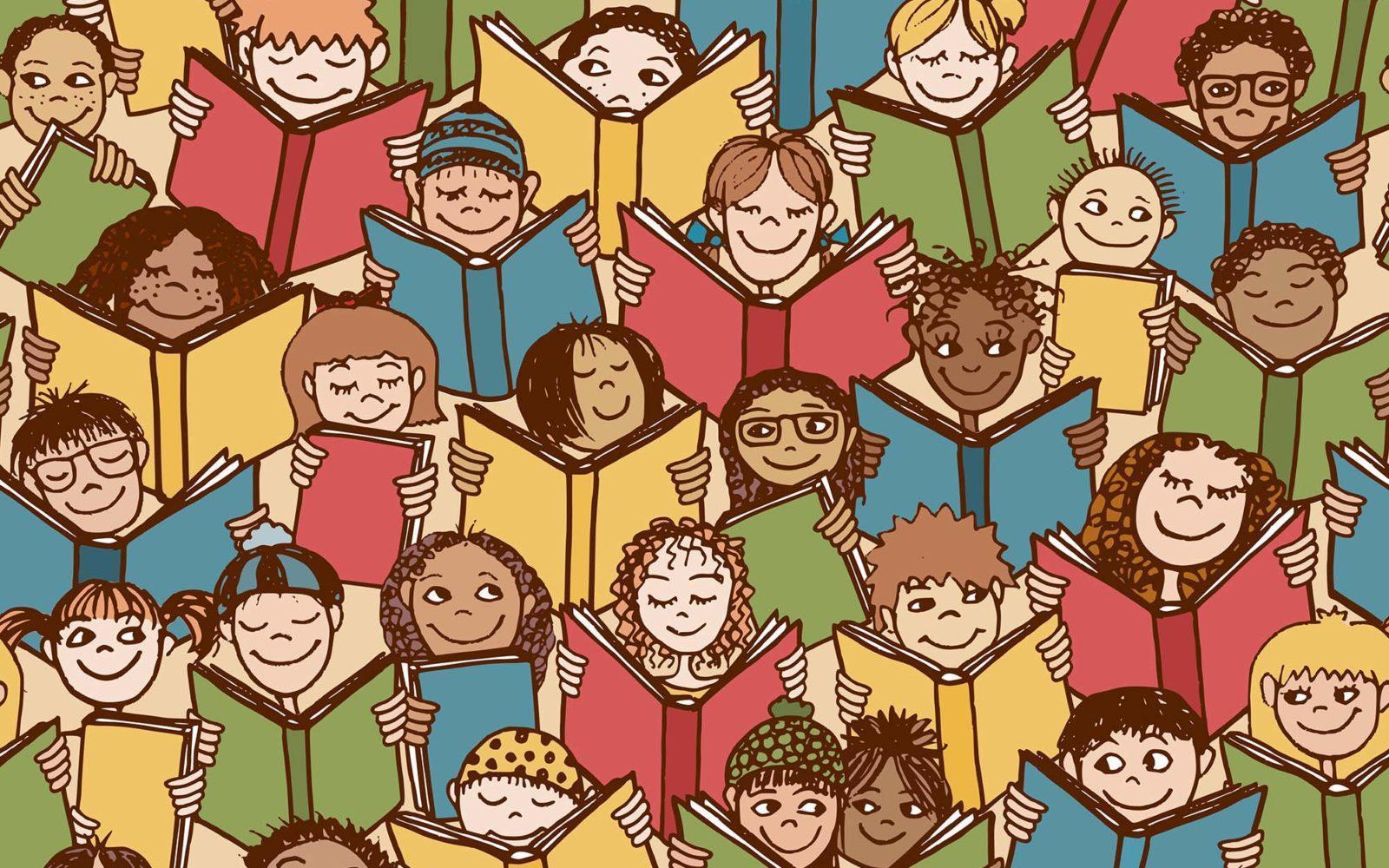Practice
Communicating Psychological Science: Engaging the Youngest of Audiences

In a recent Observer column, APS President Alison Gopnik explored how psychological scientists have long made the case for policies that are centered on advocating for children, including topics like parental leave, child allowances, and tax credits.
But some psychological scientists are also working to engage the youngest audiences—from toddlers to elementary-aged children—in psychological science. “No audience is too young for advocacy,” APS Fellow Nancy Dess (Occidental College), who recently wrote her first children’s book, said in an interview with the APS Observer.
So, what does involving the youngest of audiences look like?
It’s much harder to share the science with younger children than adolescents and teenagers, whose brains can handle more detailed and complex ideas. But, although the youngest audiences may not be receptive to research, they can be reached in various other ways.
The American Psychological Association (APA), for instance, suggests using teaching activities such as object lessons for children between 3 and 5 years old. One activity, which aims to help children understand the interaction between basic emotions and the stimuli that instigate different emotions, involves materials found in most classrooms: poster board, glue, cutout prints of different emotions, pictures of potential stimuli (e.g., a snake, broccoli, a cupcake, etc.), and note cards.
Such a lesson plan includes step-by-step instructions to teach the children about a small part of psychological science by exploring how the stimuli can affect each child’s emotions in various ways (a picture of a snake might make one child feel fear, another excited). The applied lesson thus explains in a simple manner how emotions are experienced from one person to another.
Researchers who want to engage and foster critical thinking among young audiences might also look at basic multimedia lessons and quizzes like these from Study.com that break down different aspects of psychology, like self-esteem and empathy, and provide elementary-aged audiences with valuable lessons about themselves and their peers.
Other ways to share the science with young children extend beyond lesson plans and structured learning.
Dess, whose debut children’s book is called Andam is an Awesome Animal!, said she has always had the mindset that “earlier is better” in terms of teaching psychological science—but the book is her first attempt to use her scientific expertise and understanding of children to engage them.

The long game, she said, is to “improve individual and social wellness.” To that end, the book aims to “help very young people (and adults enjoying Andam with them) embrace their creatureliness” by combining experimental and comparative psychology content with children’s attraction to other species—and foster critical thinking about how humans relate to other animals.
“Working to ensure that children are well fed and loved is a long-term investment in science advocacy,” Dess explained. “So is curating and promoting developmentally appropriate, sensuously appealing activities—play and storytelling, for instance—as scaffolds for later engagement with the processes and content of psychological science. Much about behavior, feelings, and thoughts is inherently appealing to children, and starting early to leverage their motoric, affective, sensory, and cognitive repertoires into scientific curiosity is penny wise.”
No matter the creative method that a researcher or organization uses to teach and engage children in psychological science, the benefits of committing to getting them involved, curious, and self-aware might be enormous in the long run.
Related content we think you’ll enjoy
-

Love Lets Us Learn: Psychological Science Makes the Case for Policies That Help Children
APS President Alison Gopnik discusses the increasing amount of scientific evidence that our experiences as children shape our adult lives.
-

Protecting Children’s Psychological Well-being Could Help Strengthen Their Hearts as Adults
Fostering children’s psychological well-being could help reduce their risk for heart conditions as adults, according to findings from a longitudinal study of British people born in 1958.
-

Storybooks Could Be an Early Source of Gender Stereotypes for Children
Reading to children offers many benefits. A new study reveals, however, that popular storybooks are an underrecognized source of gender stereotypes, and children’s books often contain stronger gender biases than texts for adults.
Feedback on this article? Email [email protected] or login to comment. Interested in writing for us? Read our contributor guidelines.





APS regularly opens certain online articles for discussion on our website. Effective February 2021, you must be a logged-in APS member to post comments. By posting a comment, you agree to our Community Guidelines and the display of your profile information, including your name and affiliation. Any opinions, findings, conclusions, or recommendations present in article comments are those of the writers and do not necessarily reflect the views of APS or the article’s author. For more information, please see our Community Guidelines.
Please login with your APS account to comment.